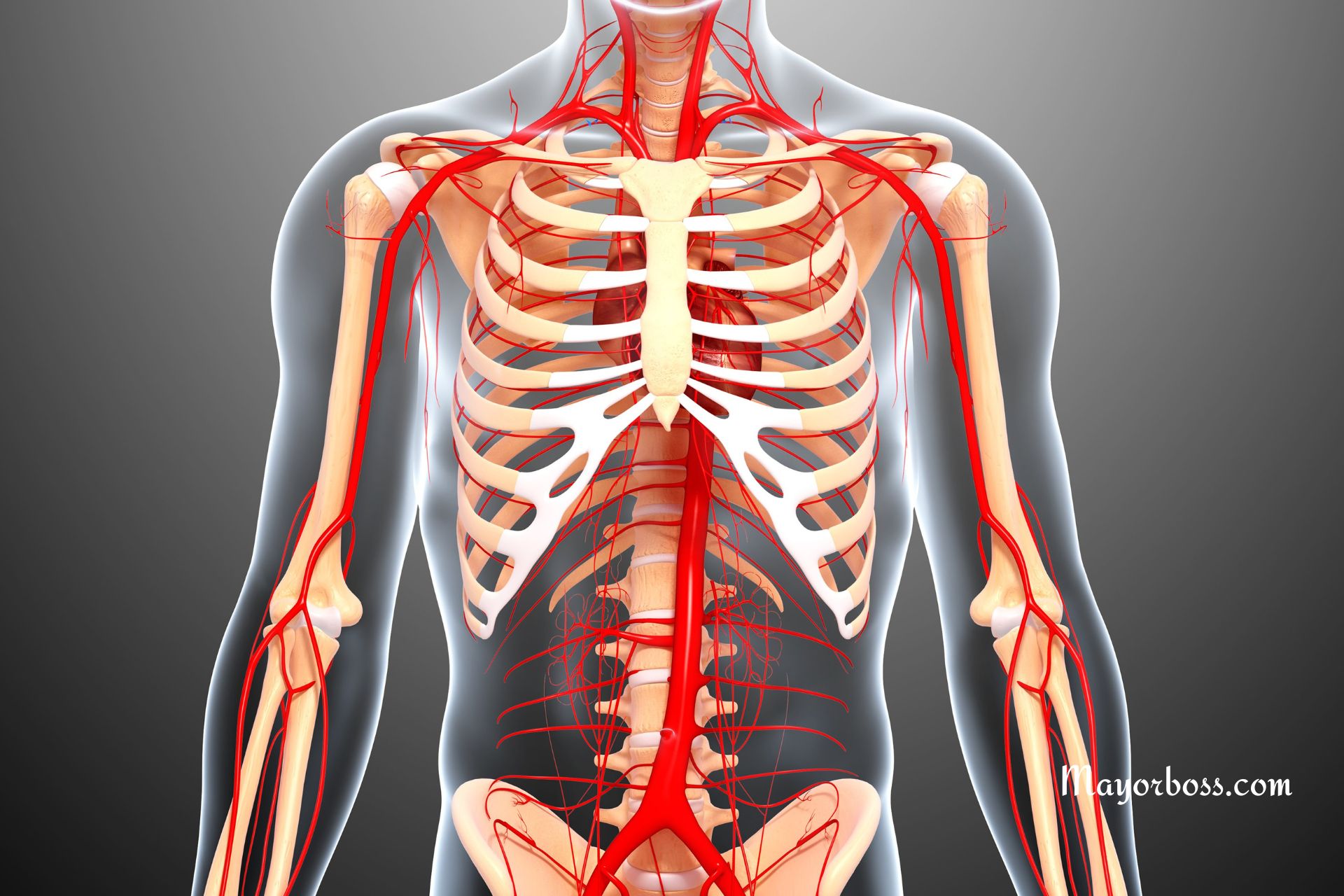How Many Ribs Do Humans Have?
Have you ever wondered about the number of ribs in your body and their role? Understanding our ribcage is not just a curiosity but also a key part of knowing how our bodies work. So, let’s delve into this topic and discover some fascinating facts about human ribs.

What Are Ribs and What Do They Do?
Ribs are long, curved bones that make up your rib cage. They play a crucial role in protecting your heart and lungs and also aid in breathing. When you breathe in, your ribs move upwards and outwards, and when you breathe out, they move downwards and inwards. This movement helps your lungs to expand and contract, allowing you to breathe.
Counting the Ribs: How Many Do We Have?
Most humans have 24 ribs, which means 12 on each side of the body. These ribs are grouped into three categories:
- True Ribs: The first seven pairs of ribs are called “true ribs.” They are directly connected to your breastbone (sternum) through a substance called costal cartilage, which makes them quite stable.
- False Ribs: The next three pairs (ribs 8, 9, and 10) are “false ribs.” They are not directly attached to the sternum. Rather, their cartilage is attached to the cartilage of the rib above.
- Floating Ribs: Finally, the last two pairs (ribs 11 and 12) are “floating ribs.” These are shorter and not attached to the sternum or to the ribs above. They are called floating because they only attach to the spine at the back.
Are There Variations in Rib Numbers?
Yes, some people have more or fewer than 24 ribs. This condition is usually harmless and doesn’t affect health. Having an extra rib, known as a supernumerary rib, is more common than missing one. It most often occurs above the first rib, creating what’s known as a “cervical rib.” Though usually asymptomatic, it can sometimes cause problems like nerve compression.
Common Misconceptions
- Gender Differences: A common myth is that men and women have a different number of ribs. However, both typically have the same number, which is 24. This misconception often arises from the biblical story of Adam and Eve, where Eve is created from one of Adam’s ribs. In reality, the number of ribs is not influenced by gender.
- Rib Removal: Another misconception is that people often have ribs removed for cosmetic reasons. This is extremely rare and medically unnecessary in most cases.
The Importance of Rib Health
Your ribs do more than you might think. They’re essential for protecting vital organs and assisting in breathing. It’s important to keep them healthy. Rib injuries, like fractures, can be painful and take time to heal. Maintaining good bone health through a balanced diet and regular exercise can help keep your ribs strong.
FAQs About Human Ribs
- Can You Live Without a Rib? Yes, you can live without a rib. Sometimes, surgeons remove a rib for medical reasons or during certain surgical procedures. The remaining ribs can still provide protection for organs.
- Why Do Rib Injuries Hurt So Much? Rib injuries can be extremely painful because your ribs move every time you breathe, laugh, or cough. This constant movement can make healing slow and painful.
- How Can I Protect My Ribs from Injury? Wearing protective gear during contact sports, practicing good posture, and avoiding activities that put excessive strain on your chest can help protect your ribs.
In summary, the human body typically has 24 ribs, but variations can occur. These ribs serve the vital function of protecting our organs and aiding in breathing. Regardless of the number of ribs you have, taking care of them is essential for your overall health and well-being.
